You heard your math teachers say it a hundred times – math is everywhere. And it’s true! Math is present in practically every walk of life. From calculating a grocery bill, to applying nonlinear equations that predict weather patterns, the beauty of math can be seen far and wide – especially in nature. Becoming aware of this delightful entanglement between math and nature undoubtedly enriches our everyday experiences.
Let us explore just how pleasantly pervasive mathematics is in our natural world by looking at one of the discipline’s most mystifying marvels – the Fibonacci sequence.
In case you haven’t come across it before, the Fibonacci sequence is a series of numbers wherein each number is the sum of the two preceding it, starting with 0, 1, 1, 2, 3, 5, 8, and so on. While it is formally attributed to Italian mathematician, Leonardo Fibonacci, some historians believe it was actually discovered up to a thousand years earlier by Indian mathematician, Acharya Pingala.
Despite its hazy origins, and its apparent simplicity, the Fibonacci sequence has a number of practical applications in many areas of the modern world. It was employed in the early development of encryption software, and it is still used in computing today through its application in modern search algorithms. Not only that, traders and investors have been known to use it when looking at the movements of the stock market to help predict profit or loss. However, it is through its appearance in nature that the Fibonacci sequence displays its true prominence in our world.
Nature adores the Fibonacci sequence
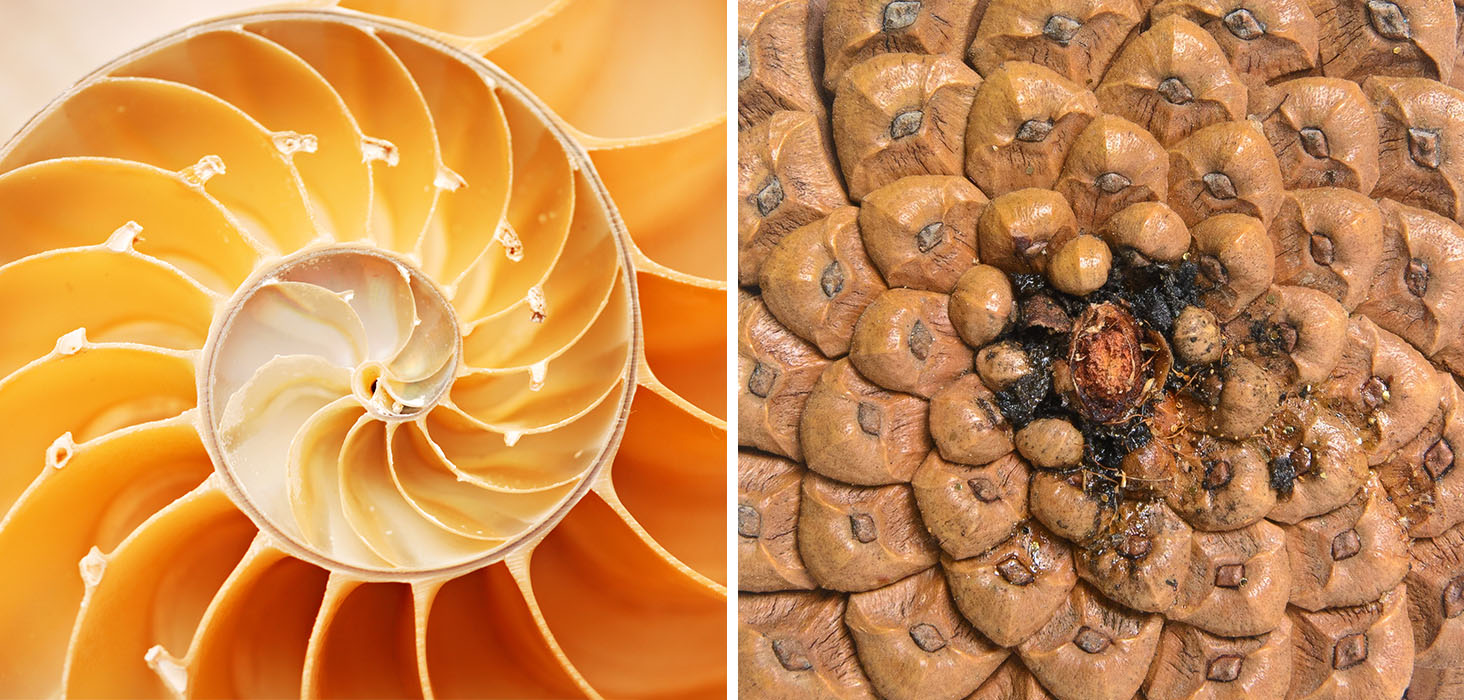
If you have you ever seen a seashell, a pinecone, or pineapple before, then you may have also been observing the Fibonacci sequence at play, as many researchers claim this number pattern is found in these and other natural artifacts.
Let’s take the humble banana. The peel of a banana will usually only have three or five flat sides, which are digits of the Fibonacci sequence. A more complicated example are the scales of a pinecone, which typically come in spiral sets of 8, 13, or 21. Not convinced? This phenomenon is also displayed in other plants and animals, most notably in those with a spiral arrangement such as pineapples, sunflowers, and snail shells. It has also been suggested that the proportions of some spiral galaxies we see in the cosmos include ratios consistent with the Fibonacci numbers. So, just how far reaching is this sequence nature?
How the Fibonacci sequence and Golden Ratio govern the universe
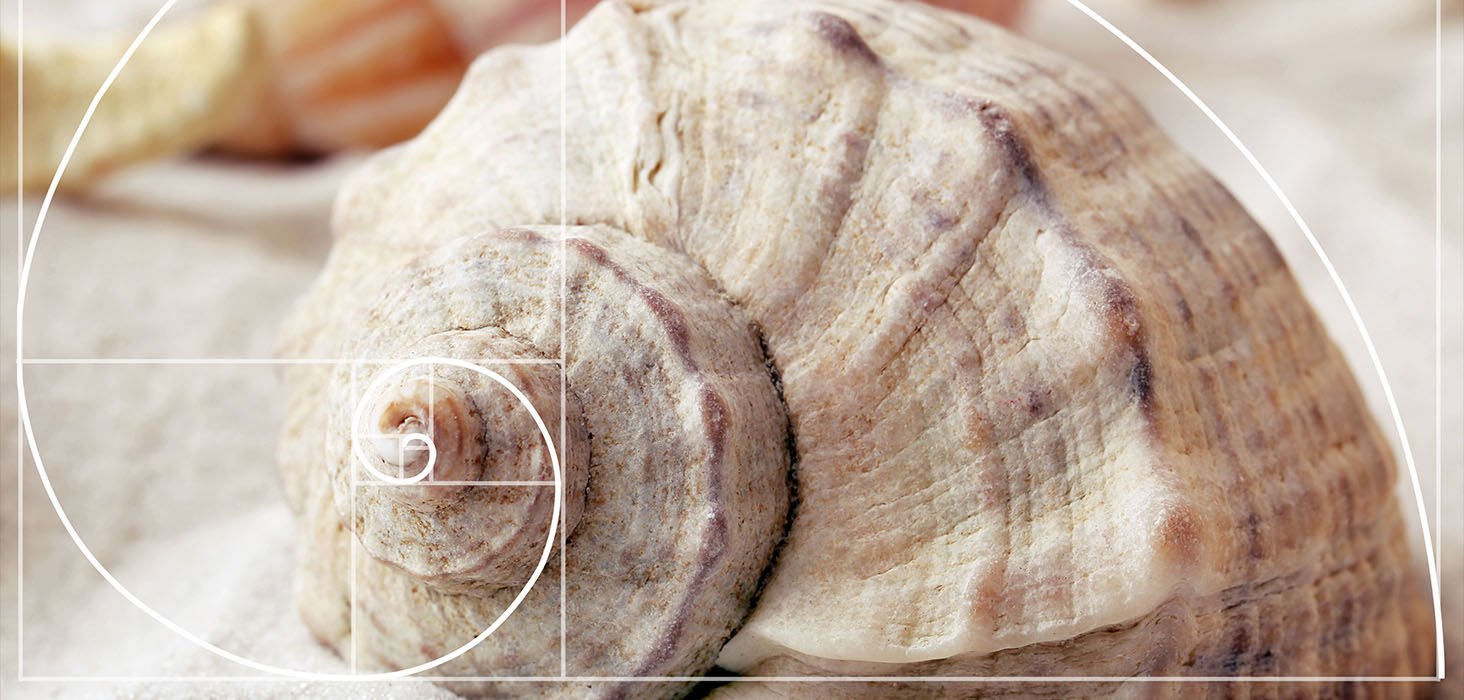
There is more to the Fibonacci sequence, however, than spirals on a pinecone or computer algorithms. The true significance of this unique sequence of numbers, spreads far beyond just what we can see. In fact, it is inextricably linked to a mathematical concept called the golden ratio.
Also known as the “divine ratio”, the golden ratio is often labelled as the most beautiful number in the universe, and it is approximately equal to 1.618. This ratio, derived from the Fibonacci sequence, is a formula used to maintain balance in systems - natural, economic, or otherwise.
Discovered by Euclid over 2,000 years ago, the golden ratio is the quotient between each successive pair of Fibonacci numbers. Sounds complicated, right? Well, luckily some mathematicians have translated this algebraic expression into a geometric diagram, also known as the golden rectangle. This is where it gets really cool! In essence, the golden rectangle is made up of several rectangles. The ratio between the length of a single rectangle to its width is the golden ratio. This is characterized in the image at the top where the curved line in a single box represents said ratio. A spiral emerges when this process is replicated, thus forming that gorgeous golden rectangle. For every quarter turn the spiral makes, the spiral gets wider by a factor of 1.618.
Because the ratio closely resembles a spiral when displayed in this geometric diagram (known as the golden spiral), we get a visual representation of how the Fibonacci sequence and the golden ratio are potentially expressed in nature.
Check out these images of objects in the natural world which may exhibit that divine ratio:
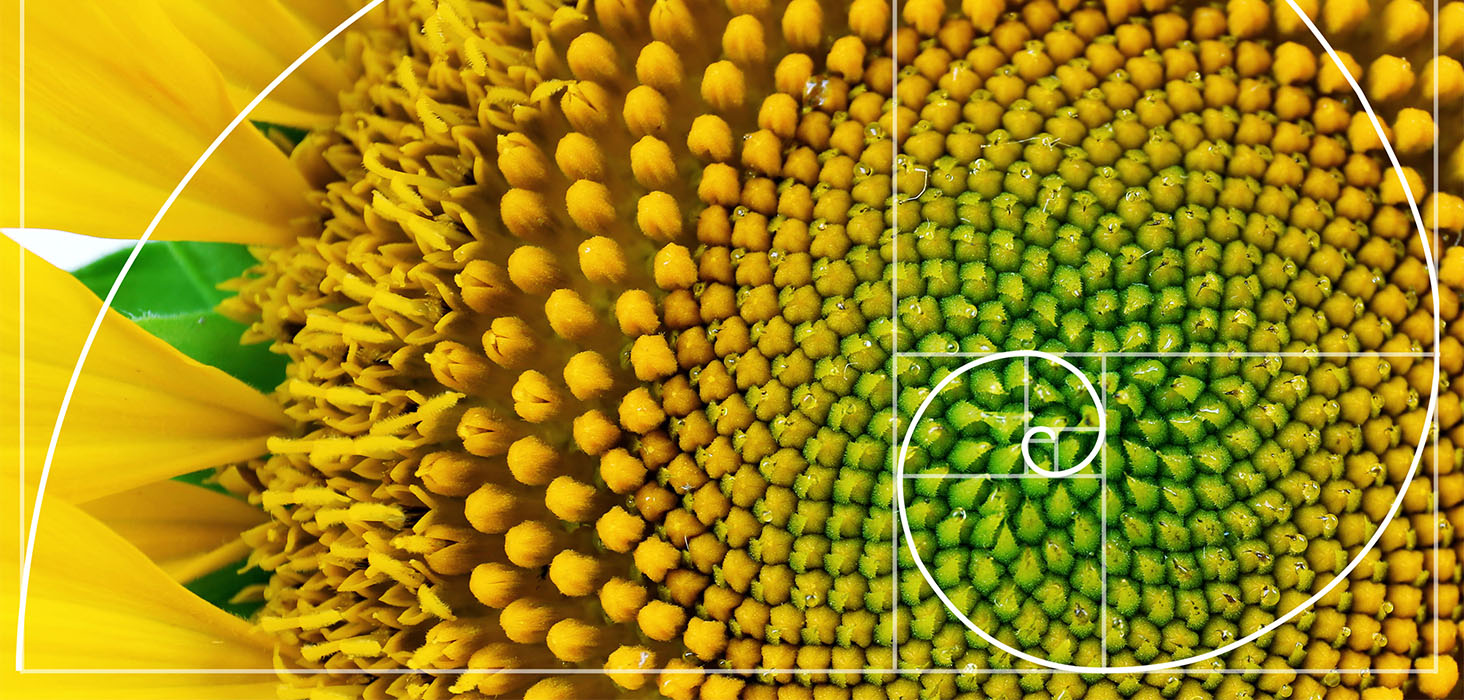
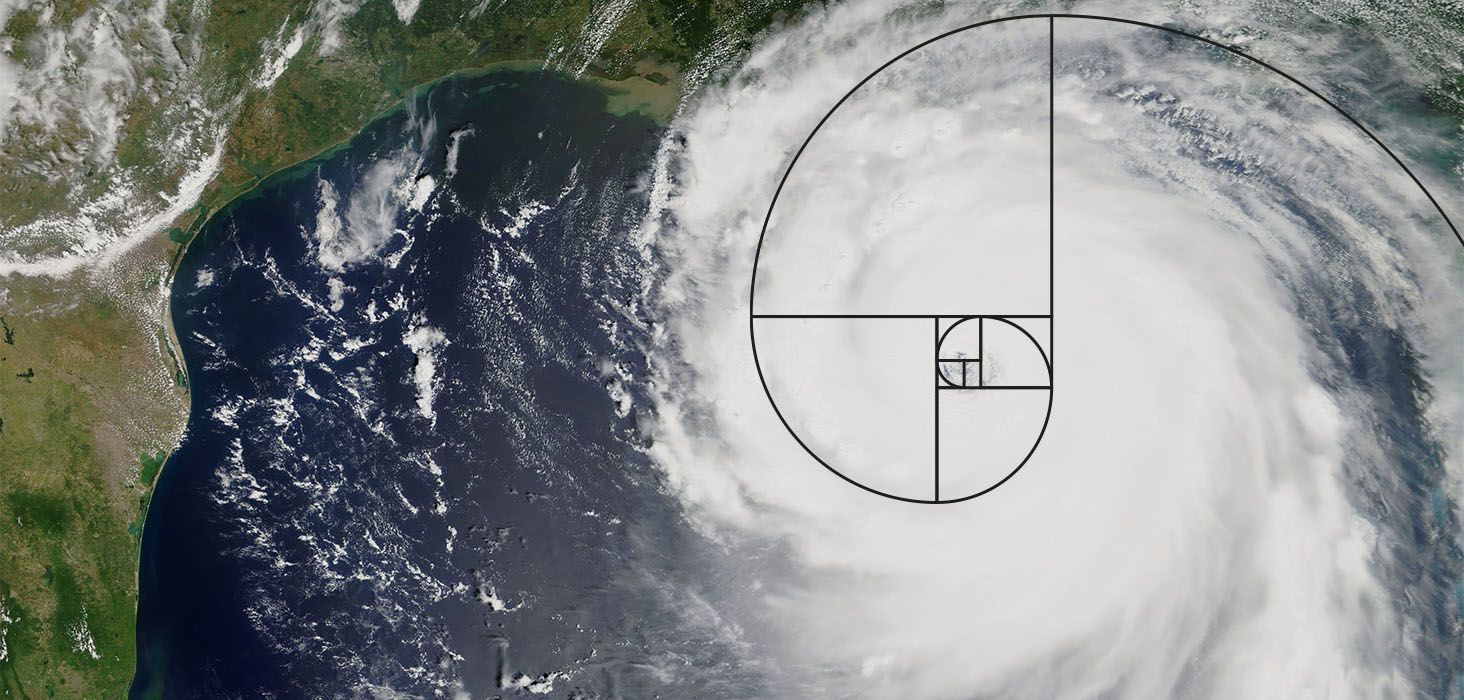
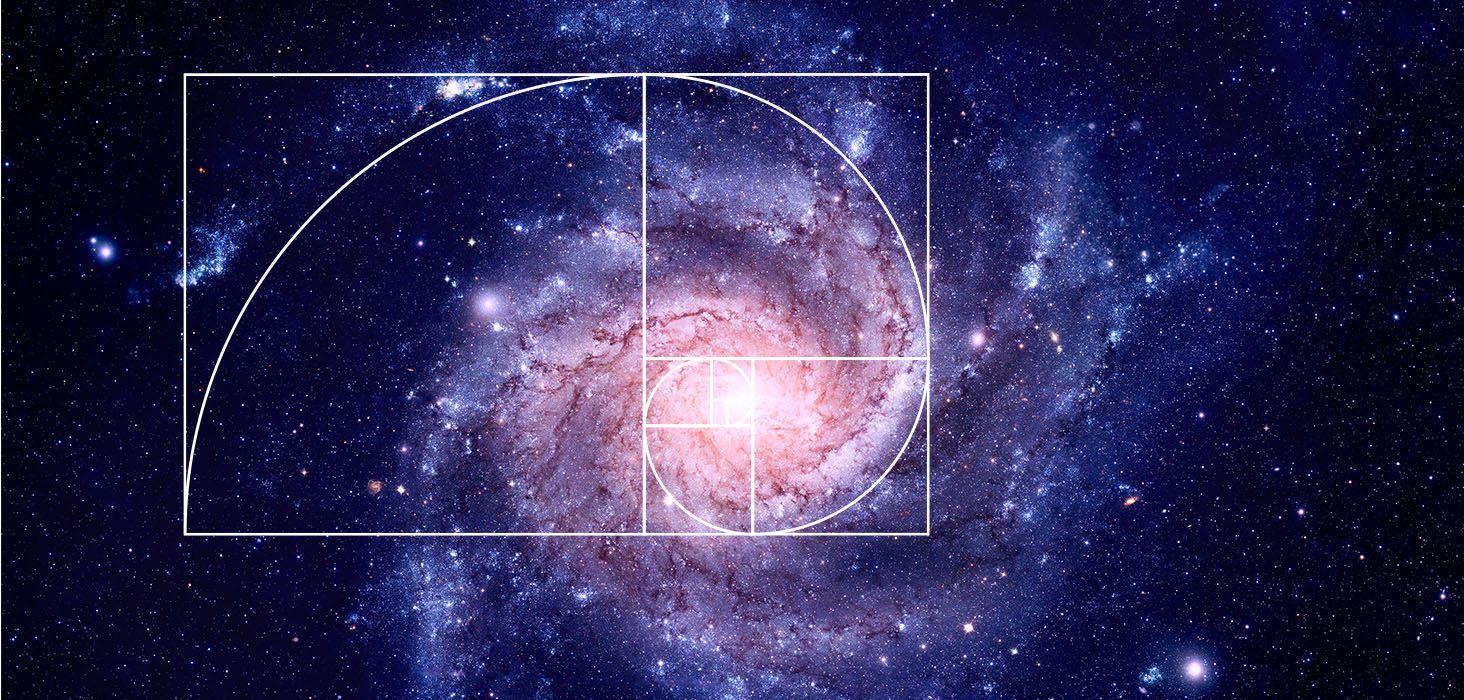
The spiral patterns occurring in these natural wonders appear to have an uncanny resemblance to the golden ratio. However, not everyone is convinced…
A misguided myth or spectacular truth
There is some debate within the mathematical and scientific community whether the golden ratio is as pervasive in nature as many declare it to be. Some critics believe that any correspondence is simply coincidental or the result of confirmation bias, and its appearance can be explained in other ways.
These contrarians assert that since the golden ratio is an irrational number, it cannot precisely correspond with objects in the natural world. Further claims suggest that an arbitrary positioning of golden spirals over images call into question the legitimacy of the golden ratio hypothesis, wherein believers are essentially forcing a pattern that really isn’t there.
While it is true, not every spiral seen in nature is truly aligned with the golden ratio, it is hard to ignore the startling tendency for nature to exhibit proportions analogous to the Fibonacci numbers. It is likely the case that nature is not trying to use the Fibonacci to create something, rather it is a by-product of some deeper physical process, which some say explains why the spirals and ratios do not correspond exactly.
What do you think? Is the golden ratio a cosmic constant that governs the whole universe? Or is it simply a case of misattributing the ratio to objects resembling a spiral? Whatever your stance, we hope you walk away with a greater understanding of and appreciation for the dynamic relationship between the elegance of nature and the wonderful world of mathematics.
For more exposure to mathematics, challenge yourself with our engaging Quiz Universe math product. It will start you off with some basic math and challenge you as it gets progressively harder. Try it now!







